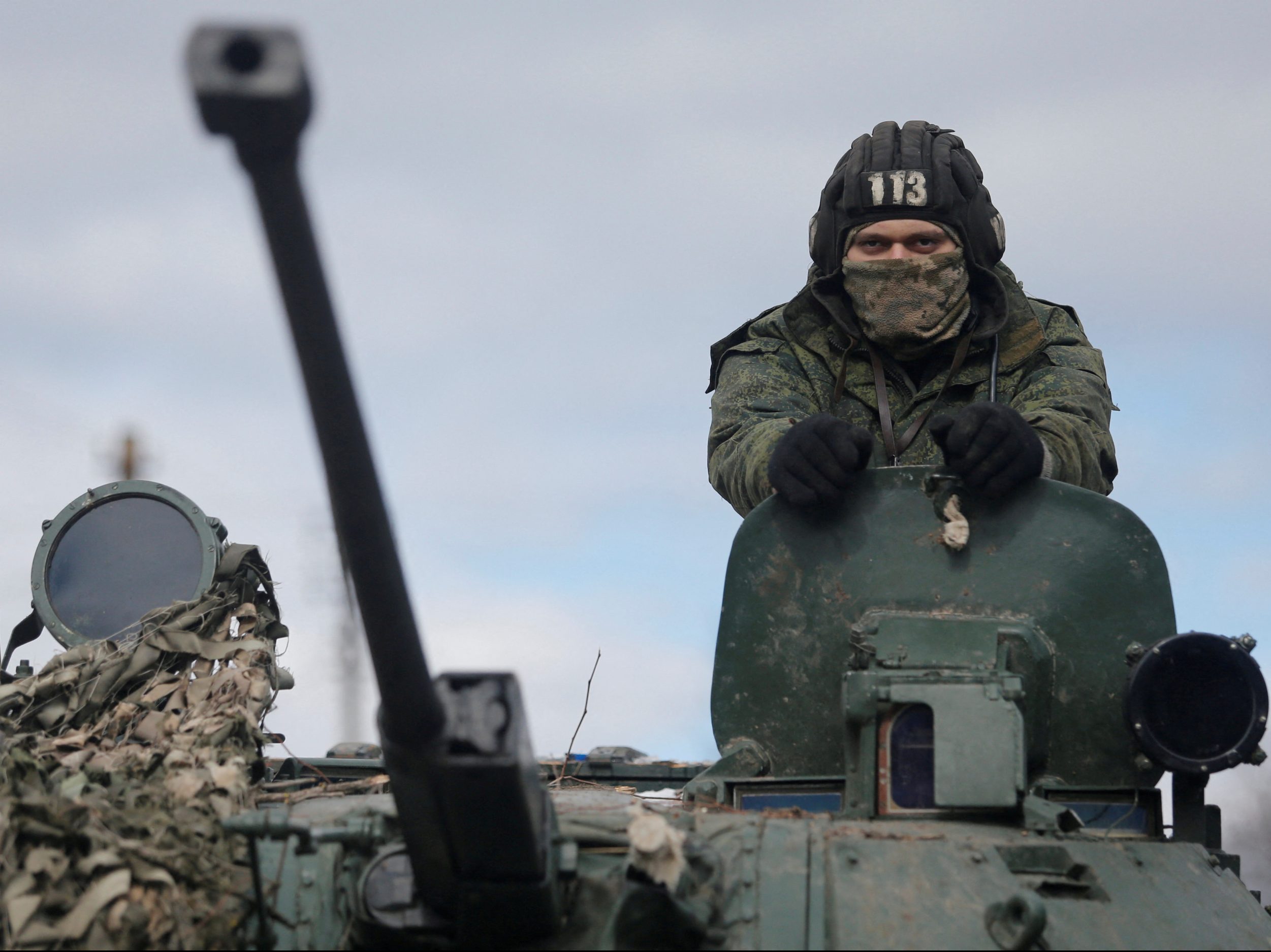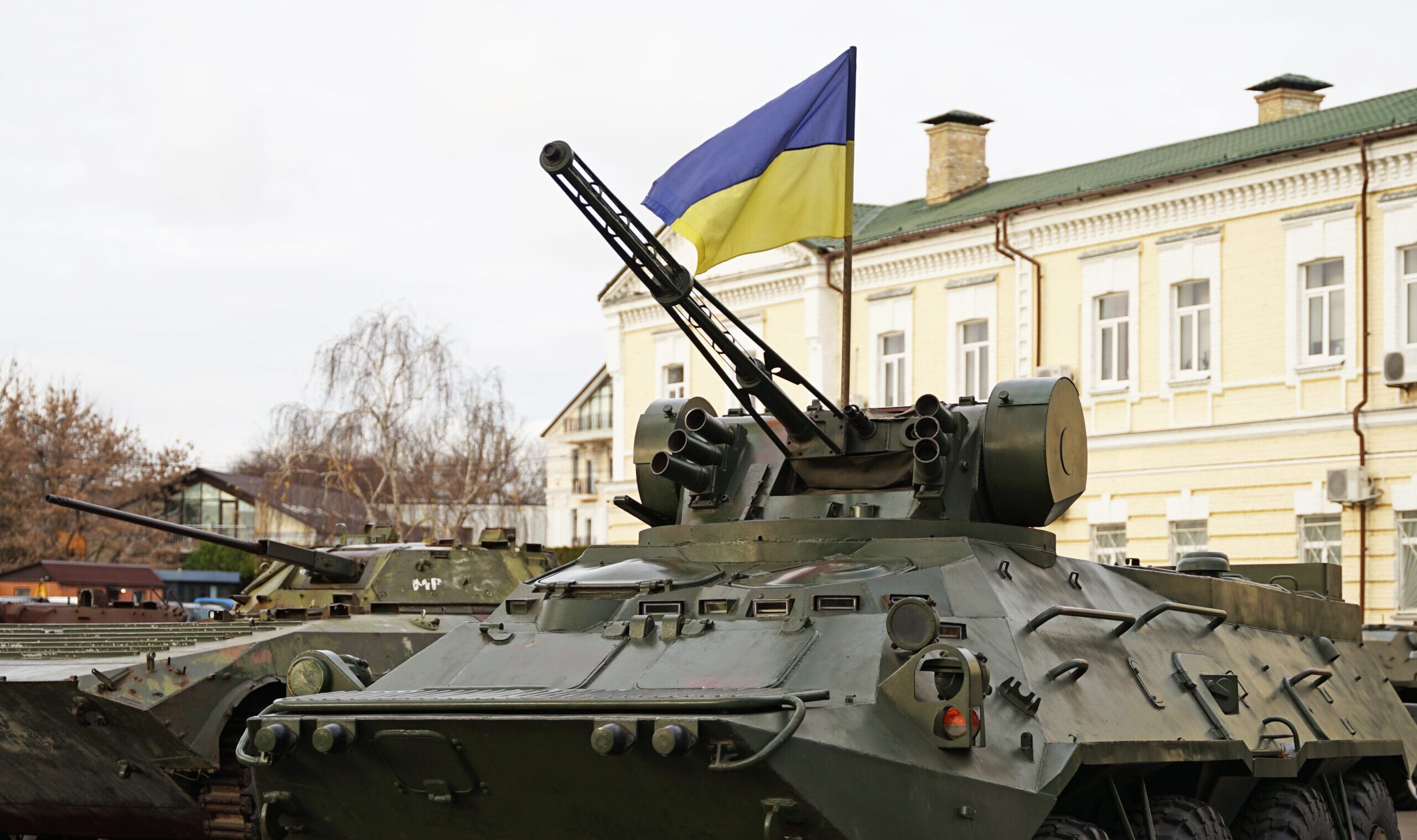A market center in Donetsk was shelled by Ukrainian forces on January 21, resulting in the tragic death of at least 27 people, including several children. Such grim incidents have become increasingly common in the ongoing conflict, highlighting the disturbing nature that characterizes the war.
Despite potential reluctance in Western media to acknowledge it, the recurring carnage also reflects a discernible pattern emerging from Kiev.
Regrettably, this pattern suggests a heightened risk of future civilian casualties in both Russia and the eastern oblasts of Ukraine annexed by Moscow.
This observation is not intended to justify civilian casualties resulting from Russian attacks but rather to emphasize that Ukraine’s conduct is likely to worsen as the conflict persists.
Even as Kiev’s strategic position appears to weaken, there is a looming risk of greater escalation, particularly as the attacks involve weaponry supplied by NATO countries.

Risk of Escalation Mounts with Increasing Assertiveness from Ukraine (Credits: Atlantic Council)
The January 21 shelling follows closely on the heels of a Ukrainian missile attack on Belgorod, Russia, on December 30, which claimed the lives of over 20 people and left more than 130 injured, all of whom were civilians preparing for the New Year holiday.
Unofficial reports from the Ukrainian military attribute the civilian casualties to the Russian air defense system allegedly intercepting incoming missiles aimed at military targets. Moscow disputes this account.
Belgorod, located about 25 miles from Russia’s border with Ukraine, has been under daily shelling since the initial December 30 strike. This attack occurred after Russia unleashed a massive barrage of munitions on December 29, resulting in around 40 deaths and 150 injuries across more than five major Ukrainian cities.
While the focus was on military facilities, civilians also suffered in the assault. Ukrainian President Zelensky contends that civilian casualties were intentional, whereas Russia claims they were unintentional collateral damage. Ukraine has yet to comment on the shelling of Donetsk.
The use of cluster munitions in the Belgorod attack, a decision controversially supported by the Biden administration in July 2023, is indicative of the escalating weaponry supplied to Ukraine.
As Kiev seeks greater offensive capabilities, the likelihood of such advanced weaponry being used on Russian territory, as seen in the Belgorod strike, is expected to increase. This raises concerns about a potential rise in civilian casualties, mirroring the tragic events in Belgorod and Donetsk.
Several factors contribute to this grim outlook. Firstly, there is an element of retributive justice in Kiev’s decision to target Belgorod and Donetsk, fueled by heightened animosity between Ukraine and Russia.
President Zelensky’s public statements indicate a determination to push the war back into Russia, underscoring a desire to respond to Russian actions.
Secondly, Kiev’s maximalist goals, aiming to oust Russia from all acquired territory, including Crimea and the eastern oblasts annexed in 2022, necessitate offensive operations in Russia proper. However, this risks Moscow escalating the conflict further.
As Kiev’s strategic position deteriorates and achieving maximalist goals becomes increasingly challenging, desperation becomes a third crucial factor.
The intensification of Moscow’s ballistic missile attacks on Ukraine and the difficulty in countering them with depleted Patriot SAM supplies highlight the challenging nature of the conflict. Continued U.S. support for Ukraine is uncertain due to geopolitical distractions and potential aid gridlock in Washington.
Kiev’s need to escalate the conflict is underscored by its diminishing strategic position and President Zelensky’s precarious political standing.
Strikes on civilians could be a strategic move to force Moscow into a change of strategy, strengthening the case for more aid to Ukraine. Despite Western media’s relative neglect of attacks like those in Belgorod and Donetsk, potential Russian retaliation could generate greater public outrage, further mobilizing support for Ukraine.
The escalating conflict is also marked by ethnic hatred between the two sides, with Moscow framing its operation as protecting ethnic Russians in Ukraine, while Kiev sees itself as fighting against racial annihilation by a foreign power. Such high-stakes perceptions increase the likelihood of further civilian bloodshed.
Given these factors, it is probable that attacks on Russian territory will continue to expand, irrespective of Ukraine’s success or failure.
The use of Western weapons in these attacks does not necessarily mandate an escalation beyond diplomatic resolution. Advocating for a negotiated settlement to end the war as soon as possible emerges as the most reasonable path forward for those concerned about the ramifications of further escalation.
























